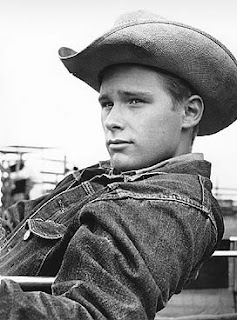Historical images of breathtaking yet unspeakable horror you need to see
Nanjing Nanjing - City of Life and Death is a film made in 2009 by director Chuan Lu. It documents the Rape of Nanking in 1937, when the Japanese Imperial Army swept into China wreaking unprecedented atrocities, mutilations and sexual assaults on Chinese civilians. In this masterpiece, director Chuan Lu recreates groundbreaking scenes in a heartbreaking context unlike anything seen in other films of this "holocaust" genre, such as The Pianist, Schindler's List or Defiance.
The shambolic, cruel and opportunistic Japanese invaders
Shot in black and white, Chuan Lu cleverly adjusts the grain and grading of the film for maximum impact. Sometimes it drifts into sepia for warmth but never colour as if not to glorify the horror.
This is not Chinese propaganda. It is not an account of efficient, organised genocide as perpetrated by the Nazis. Its a factual account of cold, arbitrary murder with a vengeance that could only be mustered after drawing on generations of hate, jealousy and retribution. The Japanese soldiers are portrayed as erratic, unreasonable, undisciplined and mentally unstable. There is no honour in war here.
Xiaodouzi [Bin Lui] the young survivor who keeps us optimistic when all seems lost
Throughout history every nationality, especially the Chinese, have had their own shameful episodes of cruelty they inflicted on their "enemies', but in this case you cannot help but sympathise with the plight of these hapless, helpless peasants and the ferocity of the intent the Japanese have to annihilate them.
Before watching this film I only had high school history exposure to the events that took place in Nanking. But now after seeing it I feel we all should be more aware of this tragedy. Almost like we owe it to those that died and those that survived. Especially the women who were forced to "comfort" Japanese soldiers on an industrial scale. Many of these comfort women were Korean POW's and some are still alive today. Still fighting the Japanese government for recognition and compensation for their suffering.
I see a lot of movies, but rarely have I been so moved and emotionally involved as when I saw Nanjing Nanjing. Full credit to Chuan Lu for his achievement and his contribution. I urge you to seek out this movie on DVD and add it to your collection. It deserves to be there.
































